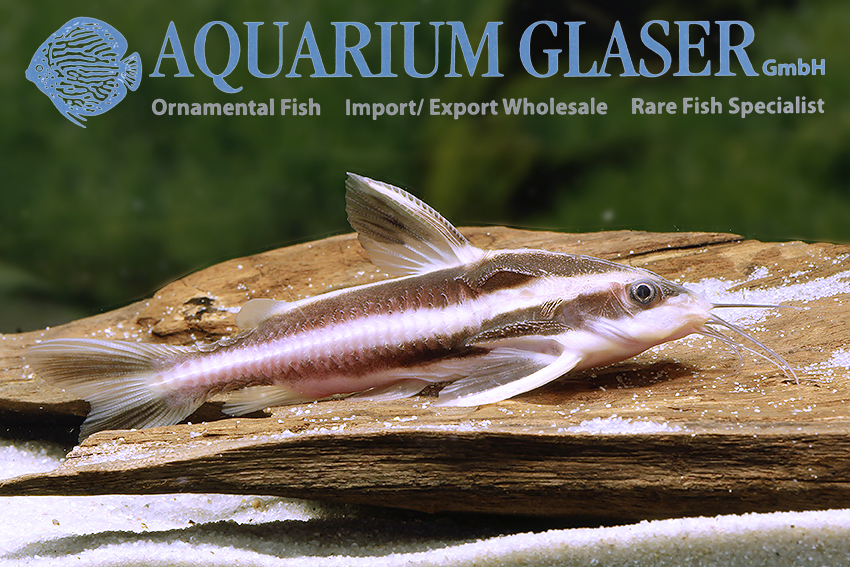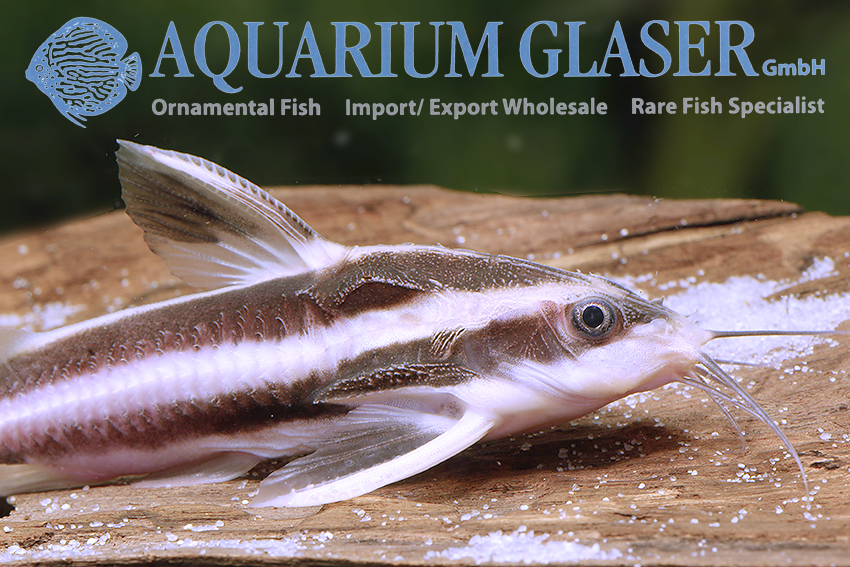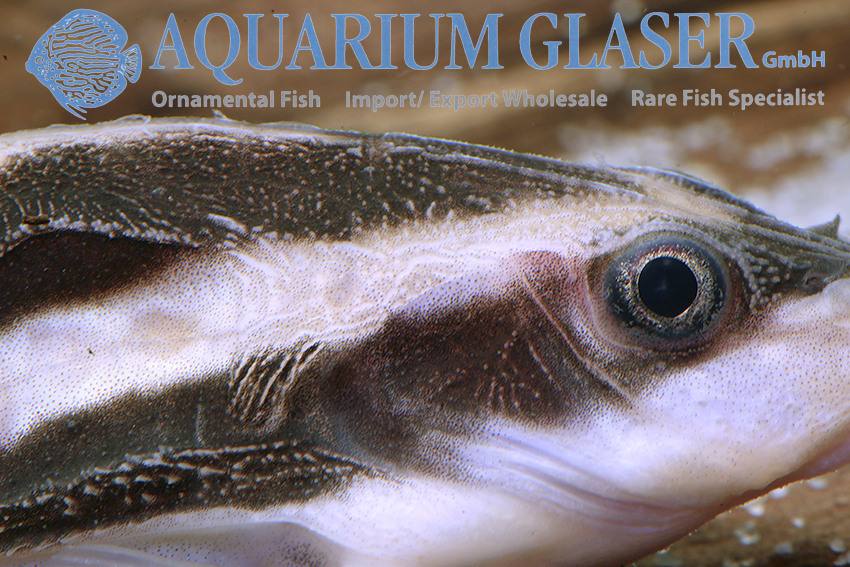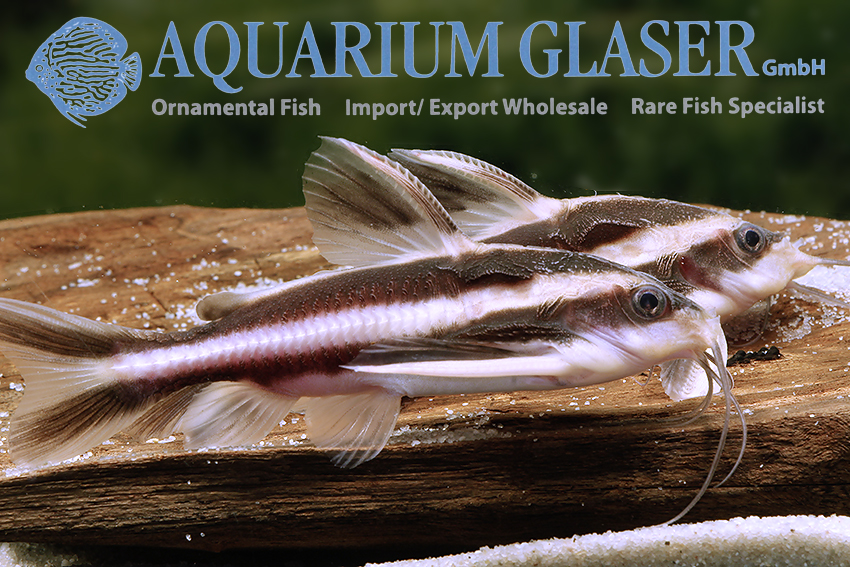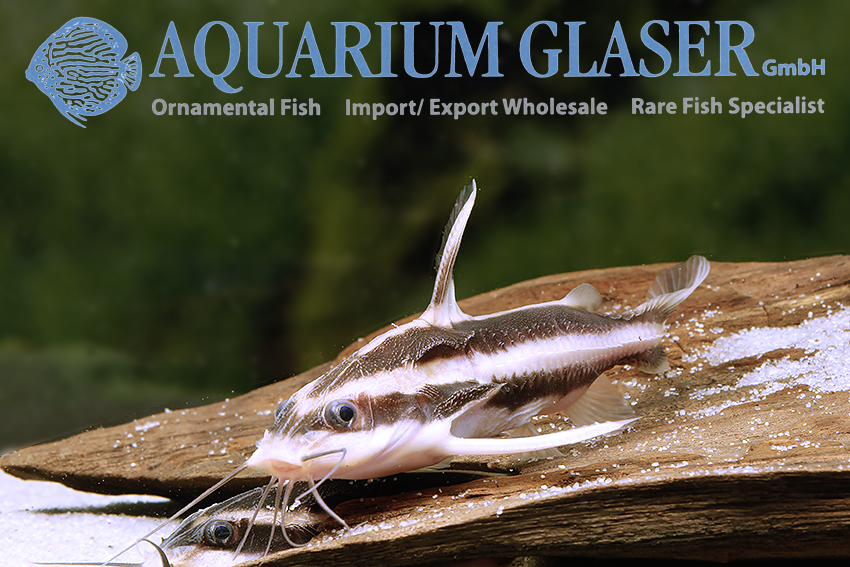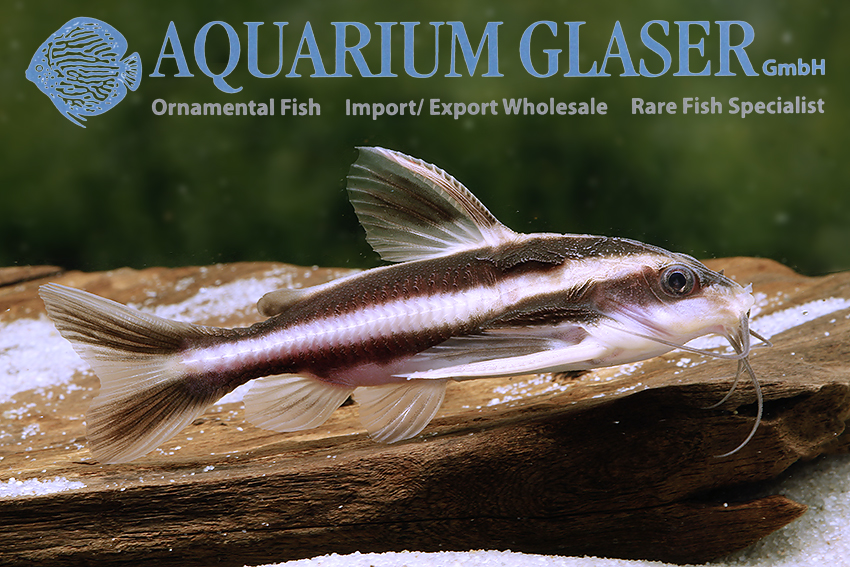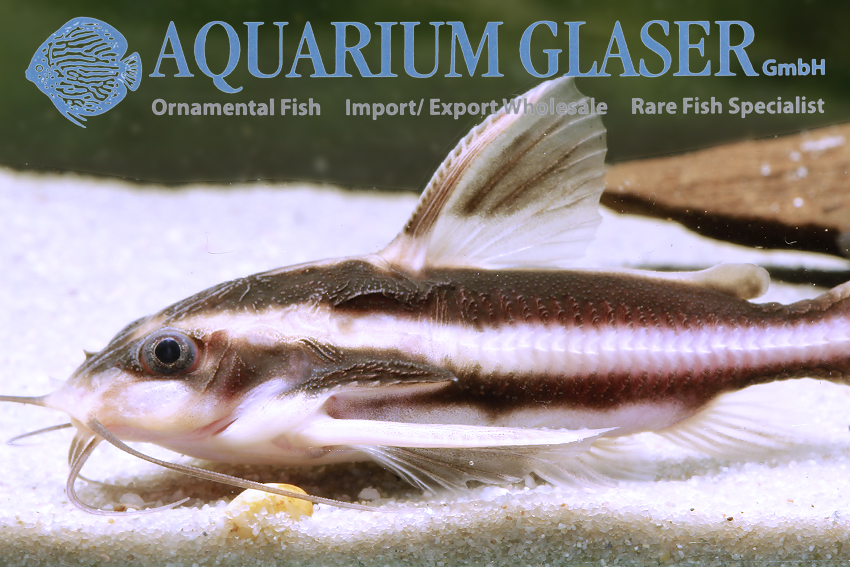The snarling zebra catfish – this is how Platydoras armatulus could be popularly called. However, it is actually called the striped raphael catfish. All spiny catfish can make distinct growling or croaking sounds when taken out of the water. They vibrate their whole body. Presumably this serves as a defense against enemies. But even without this behavior Platydoras are well protected against predators. Their whole body and especially the fins are covered with spines and thorns, which are even poisonous and can cause painful stings and lacerations. It is said that there have even been cases of poisoning in humans, so one should never catch these animals with bare hands. It seems that the catfishes are aware of their inedibility: usually they are lying around in a shady cave and hardly get disturbed. We have never observed the occasional warning in the literature that these catfishes could be dangerous to their aquarium mates by secreting poison, although we have had thousands of these animals with us over the decades. But at least: we have hereby pointed out to you that such a thing could exist.
Until 2008 the striped raphael catfish was called Platydoras costatus and still today this name can be found on most stock lists. Stock management systems just can’t be changed that easily. The “real” P. costatus is only found in coastal rivers of Surinam and French Guyana, is monochromatic brown-black and has only along the lateral row of spines a thin light line. Platydoras armatulus, on the other hand, is originally from the lower Orinoco, Amazon, and Parana-Paraguay systems. Nowadays, however, almost only captive-breds from Southeast Asia are on the market. It is distinctive and contrasting black and white striped.
The care of P. armatulus is very simple. The water temperature can be between 20 and 30°C, any drinking water is suitable for care. The species is extremely long-lived, you can look forward to several decades with them. The maximum length is said to be up to 30 cm, usually they grow around 20 cm. They are sociable animals, which should be kept in small groups (5-7 specimens). They will eat any common ornamental fish food and also small fish if they fit in their mouth. Co-inhabitants should therefore be adapted to the size of the catfish. The sexes are externally hardly distinguishable, the females are a little plumper, that’s it. These free spawners do not practice brood care.
For our customers: the animals have code 280522 on our stocklist. Please note that we supply exclusively to wholesalers.
Text & photos: Frank Schäfer





